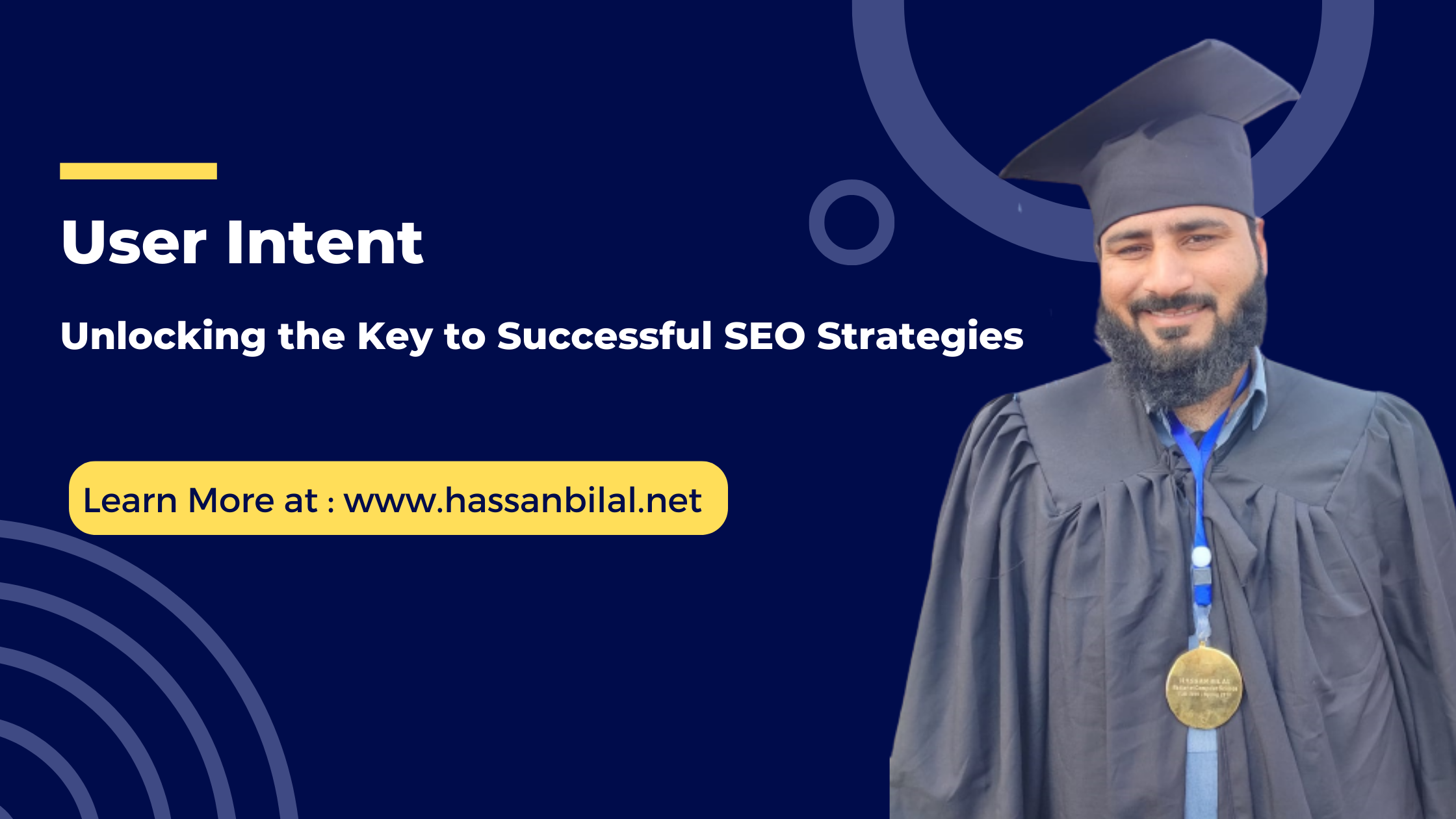Search Engine Optimization & Marketing
User Intent: Unlocking the Key to Successful SEO Strategies

User Intent is the purpose behind a search query. It is what the user is trying to achieve by searching for that particular term. Understanding user intent is essential for effective SEO.
User intent can be broken down into four main categories:
- Informational: The user is looking for information about a particular topic.
- Navigational: The user is trying to find a specific website or page.
- Commercial: The user is looking to buy something.
- Transactional: The user is looking to complete a task, such as booking a flight or making a reservation.
Why is User Intent Important for SEO?
Search engines use user intent to determine which websites to rank for a particular search query. If your website’s content is not relevant to the user’s intent, it is less likely to rank well in search results.
Understanding the Significance of User Intent
Relevance and User Satisfaction
User Intent is the foundation upon which successful SEO strategies are built. By comprehending why users are conducting specific searches, we can tailor our content to meet their needs and provide relevant solutions. When your website aligns with user intent, visitors are more likely to engage with your content, spend more time on your site, and ultimately convert. Understanding user intent is crucial for delivering a satisfying user experience and building long-term relationships with your audience.
Search Engine Algorithms and Rankability
Search engines prioritize providing the most relevant and valuable results to users. They analyze user behavior, such as click-through rates, dwell time, and conversion rates, to evaluate the quality of a website. By optimizing your content to align with user intent, you increase the chances of ranking higher in search engine results pages (SERPs). Search engines reward websites that consistently deliver content that matches user intent, leading to increased organic visibility and traffic.
Different Types of User Intent
User intent can be categorized into four main types: informational, navigational, transactional, and commercial investigation. Informational intent focuses on seeking information or answers to specific questions. Navigational intent aims to find a particular website or web page. Transactional intent indicates a desire to complete a specific action, such as making a purchase. Commercial investigation intent involves conducting research before making a buying decision. By understanding these intent types, you can create targeted content that resonates with your audience at each stage of their buying journey.
Strategies to Align with User Intent
Keyword Research and Analysis
Thorough keyword research is crucial for understanding user intent. Identify relevant keywords and phrases that align with your target audience’s search queries. Tools like Google Keyword Planner, SEMrush, and Moz Keyword Explorer can help you discover valuable keywords and analyze their search volume and competitiveness. By incorporating these keywords strategically into your content, you can attract users who are actively searching for the information or solutions you provide.
Optimize Content for Intent
Craft your content to align with the specific type of user intent you are targeting. For informational intent, create comprehensive and informative blog posts, guides, or tutorials. For navigational intent, optimize your website structure and navigation menus to make it easy for users to find what they are looking for. For transactional intent, provide clear and persuasive product descriptions and incorporate strong calls-to-action. For commercial investigation intent, offer in-depth product comparisons or buying guides. By tailoring your content to user intent, you enhance the user experience and increase the likelihood of conversions.
Analyze User Behavior and Refine Strategies
Regularly analyze user behavior metrics, such as bounce rate, time on page, and conversion rates, to gain insights into how well your content aligns with user intent. Use tools like Google Analytics to track user engagement and identify areas for improvement. Adjust your content strategy based on these insights, focusing on creating more relevant and engaging content. Continually refining your approach to align with user intent ensures that your website remains valuable and competitive in the ever-evolving digital landscape.
Conclusion
User Intent is the cornerstone of successful SEO strategies. By understanding the motivations and expectations behind user searches, you can optimize your content to align with their needs and deliver a seamless user experience. Emphasize relevance, analyze user behavior, and refine your content strategy to continuously align with user intent. By doing so, you will attract relevant traffic, enhance user engagement, and drive conversions. Unlock the power of User Intent, and witness your website’s ascent to higher rankings, increased organic visibility, and sustained online success.
